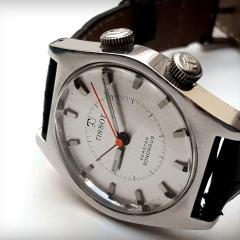What do those screws regulate on Rolex 3130 movements?
-
Similar Content
-
Recently Browsing
- No registered users viewing this page.
-
Topics
-
Posts
-
Welkom Sebastiaan! Veel plezier met deze hobby!
-
By watchweasol · Posted
Hello Sebastian and welcome to the forum. Find attached a little reading TZIllustratedGlossary.pdf
-





Recommended Posts